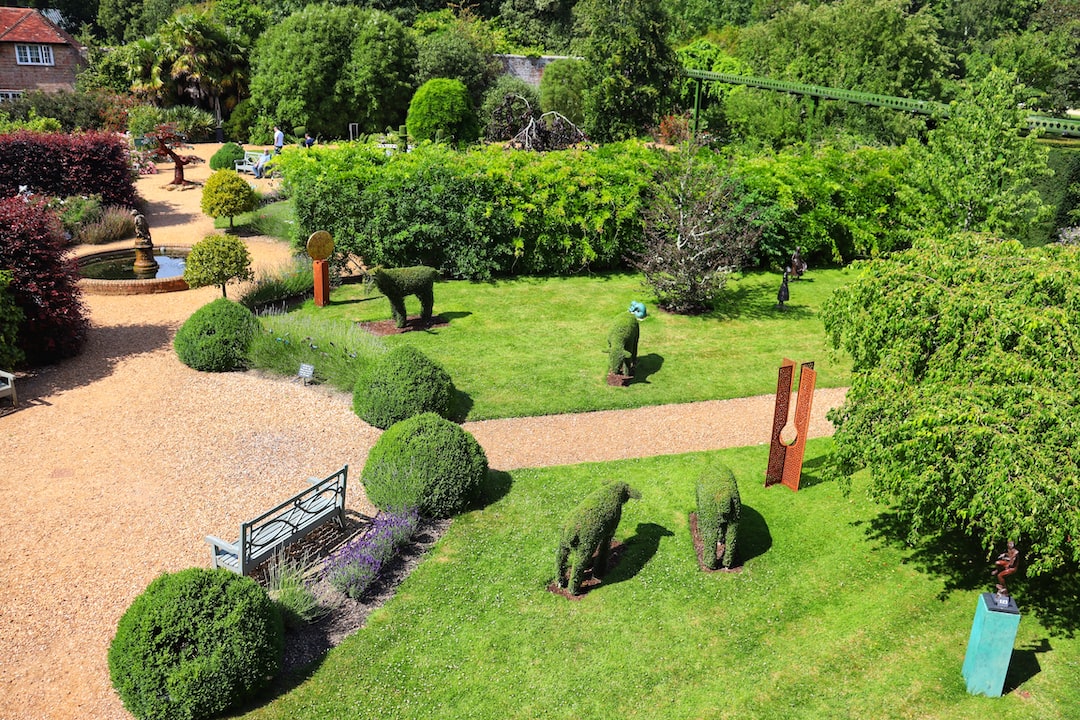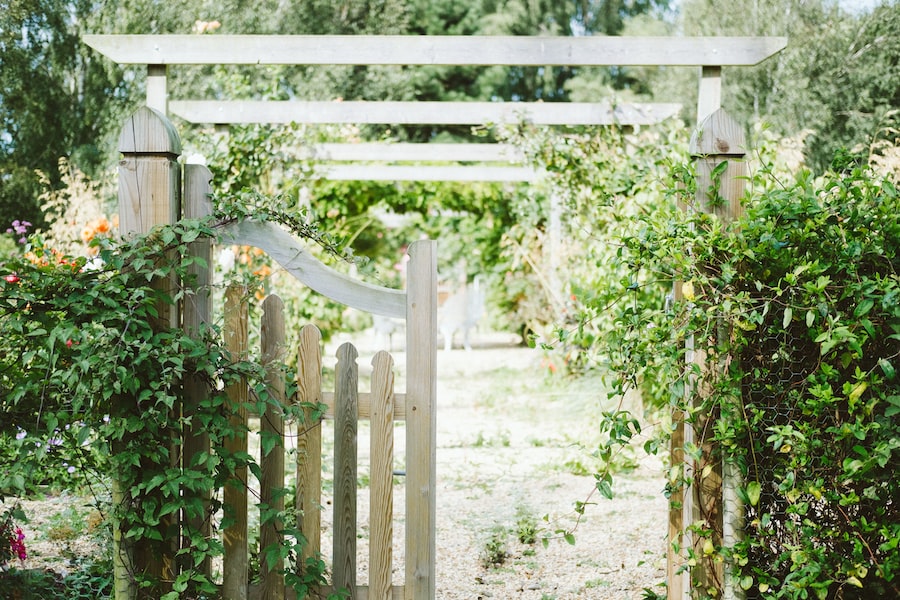Potting Dilemma: Can Garden Soil be Used in a Container?

When it comes to container gardening, choosing the right potting mix is crucial for the success of your plants. The potting mix serves as the foundation for your plants, providing them with the necessary nutrients, moisture retention, and drainage. With so many options available in the market, it can be overwhelming to decide which potting mix is best for your container garden. In this article, we will explore the different options available and help you make an informed decision.
Key Takeaways
- Choosing the right potting mix is crucial for successful container gardening.
- Garden soil can be used in containers, but it has both advantages and disadvantages.
- Factors to consider when using garden soil in containers include drainage, nutrients, and pH levels.
- Preparing garden soil for container gardening involves sterilization and adding amendments.
- Alternative potting mixes, such as peat moss and perlite, can also be used for container gardening.
Understanding Container Gardening
Container gardening is a popular method of growing plants in containers rather than in the ground. It offers flexibility and convenience, making it suitable for those with limited space or mobility. With container gardening, you can grow a variety of plants, including flowers, herbs, vegetables, and even small trees.
One of the main benefits of container gardening is that it allows you to control the growing conditions of your plants. You can choose the right location for your containers, ensuring they receive adequate sunlight and protection from harsh weather conditions. Additionally, container gardening allows you to easily move your plants around if needed.
The Importance of Choosing the Right Potting Mix
Choosing the right potting mix is essential for the health and growth of your plants. The potting mix provides a suitable environment for the roots to grow and absorb nutrients. It should be well-draining to prevent waterlogged roots and allow air circulation. The potting mix should also retain moisture to ensure that your plants are adequately hydrated.
There are different types of potting mixes available in the market, each with its own composition and characteristics. Some potting mixes are specifically formulated for certain types of plants, such as cacti or orchids. Others are more general-purpose and can be used for a wide range of plants.
Advantages and Disadvantages of Garden Soil in Containers
| Advantages | Disadvantages |
|---|---|
| Easy to control soil quality | May dry out quickly |
| Less weeding required | May require frequent watering |
| Can be moved around easily | May require more frequent fertilization |
| Less soil-borne diseases | May require more frequent soil amendments |
| Less soil compaction | May require larger containers for some plants |
Using garden soil in containers is a common practice among gardeners. It is easily accessible and often free, making it an attractive option. However, there are both advantages and disadvantages to using garden soil in containers.
One of the main advantages of using garden soil is that it contains a wide range of nutrients that are beneficial for plant growth. Garden soil also has a natural composition that promotes good drainage and aeration. Additionally, using garden soil can help establish a healthy ecosystem in your container garden, as it contains beneficial microorganisms.
However, there are also disadvantages to using garden soil in containers. Garden soil can be heavy and compacted, which can lead to poor drainage and root rot. It may also contain weed seeds, pests, and diseases that can harm your plants. Furthermore, garden soil may not provide the optimal balance of nutrients for container plants, as it is designed for in-ground gardening.
Factors to Consider When Using Garden Soil in Containers
If you decide to use garden soil in containers, there are several factors that you should consider to ensure the success of your container garden. First and foremost, you should assess the quality of your garden soil. It should be well-draining and loose, with a good balance of organic matter.
Another important factor to consider is the drainage of your containers. Garden soil requires proper drainage to prevent waterlogged roots. Make sure that your containers have drainage holes at the bottom and use a layer of gravel or broken pottery to improve drainage.
Tips for Preparing Garden Soil for Container Gardening

To prepare your garden soil for container gardening, there are several steps that you should take to ensure optimal soil quality. First, remove any weeds or debris from the soil. You can do this by hand or use a garden fork or trowel to loosen the soil.
Next, you should amend your garden soil with organic matter to improve its structure and fertility. This can be done by adding compost, well-rotted manure, or other organic materials. Mix the organic matter into the soil thoroughly to ensure even distribution.
Finally, you should sterilize your garden soil to kill any weed seeds, pests, or diseases that may be present. This can be done by baking the soil in the oven at a temperature of 180°F (82°C) for 30 minutes. Alternatively, you can solarize the soil by covering it with clear plastic for several weeks during the hot summer months.
How to Enhance Garden Soil for Container Gardening
If you want to enhance your garden soil for container gardening, there are several methods that you can use to improve its quality. One method is to add perlite or vermiculite to the soil to improve drainage and aeration. These materials help prevent compaction and allow air and water to reach the roots.
Another method is to add peat moss or coconut coir to the soil to improve moisture retention. These materials absorb water and release it slowly, ensuring that your plants stay hydrated. They also help prevent the soil from drying out too quickly.
You can also add slow-release fertilizers or organic fertilizers to provide your plants with the necessary nutrients. These fertilizers release nutrients gradually over time, ensuring that your plants receive a steady supply of nutrients.
Alternative Potting Mixes for Container Gardening
If you prefer not to use garden soil in containers, there are alternative potting mixes available that can provide the necessary nutrients and drainage for your plants. One popular option is commercial potting mix, which is specifically formulated for container gardening. These mixes are usually lightweight and well-draining, making them ideal for containers.
Another alternative is a homemade potting mix, which allows you to customize the composition according to your plants’ needs. A basic homemade potting mix consists of equal parts of peat moss or coconut coir, perlite or vermiculite, and compost. You can adjust the proportions depending on the requirements of your plants.
There are also specialty potting mixes available for specific types of plants, such as cacti or orchids. These mixes are formulated to meet the unique needs of these plants, providing the right balance of nutrients and drainage.
Common Mistakes to Avoid When Using Garden Soil in Containers
When using garden soil in containers, there are several common mistakes that you should avoid to ensure the health and growth of your plants. One common mistake is using garden soil straight from the ground without any amendments. This can lead to poor drainage and compacted soil, which can suffocate the roots.
Another mistake is overwatering your container plants. Garden soil tends to retain more moisture than potting mixes, so it is important to adjust your watering schedule accordingly. Make sure to check the moisture level of the soil before watering and avoid waterlogging the roots.
It is also important to monitor the nutrient levels of your container plants when using garden soil. Garden soil may not provide the optimal balance of nutrients for container plants, so you may need to supplement with fertilizers or organic matter.
Making the Right Choice for Your Container Garden
In conclusion, choosing the right potting mix is crucial for the success of your container garden. While garden soil can be used in containers, it is important to consider its advantages and disadvantages before making a decision. Factors such as soil quality, drainage, and nutrient balance should be taken into account.
If you decide to use garden soil in containers, proper preparation and enhancement are necessary to ensure optimal soil quality. Adding organic matter, improving drainage, and sterilizing the soil can help create a suitable environment for your plants.
Alternatively, there are alternative potting mixes available that can provide the necessary nutrients and drainage for your container garden. Commercial potting mixes and homemade potting mixes are popular options that offer convenience and customization.
Ultimately, the choice of potting mix depends on your specific needs and preferences. By considering the factors discussed in this article and avoiding common mistakes, you can make an informed decision and create a thriving container garden.
If you’re wondering whether you can use garden soil in a pot, you might find this article from Lawn World helpful. They provide valuable insights and tips on gardening, including a comprehensive guide on soil types and their suitability for different containers. Check out their website for more gardening resources and explore their sitemap to discover a wide range of informative articles on various topics related to lawn care and gardening. Click here to access their sitemap and find the article that addresses your specific query.



